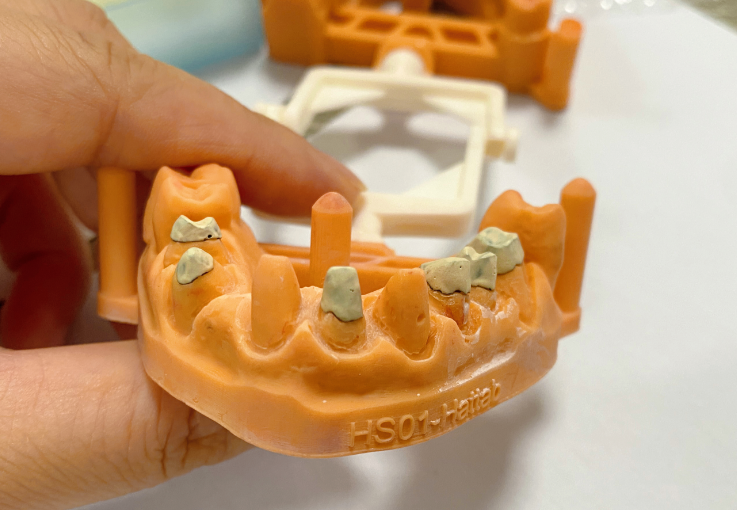What is Dental Lab Post and Core?

Introduction
A dental lab post and core is a restorative procedure used to strengthen and prepare a tooth that has undergone significant damage or decay for the placement of a crown. This process is critical in dental restoration, especially when the tooth structure is insufficient to support a crown on its own.
Components and Purpose
Post: The post is typically made of metal or fiber and is inserted into the root canal of a tooth after a root canal treatment. Its primary function is to provide internal support and retention for the core and the eventual crown.
Core: The core is a buildup material that replaces the lost tooth structure and forms the foundation on which the crown will be placed. The core material can be made of composite resin, amalgam, or other suitable substances.
Steps in the Procedure
Assessment: The dentist evaluates the tooth to determine the need for a post and core. This involves checking the extent of damage and the remaining tooth structure.
Root Canal Treatment: Before placing a post, a root canal treatment is performed if it hasn't been done already. This involves removing the infected pulp tissue from the root canal.
Post Placement: After the root canal, the post is fitted into the cleaned and shaped canal. The post is cemented or bonded into place to ensure it is stable and secure.
Core Build-up: Once the post is in place, the core material is applied around the post to build up the tooth structure to the desired shape and height.
Crown Placement: After the post and core are completed, a crown is fabricated and placed over the rebuilt tooth to restore its function and aesthetics.
Materials Used
- Posts: Can be made from materials such as stainless steel, titanium, or fiber-reinforced composites. Each material has its advantages in terms of strength, flexibility, and biocompatibility.
- Cores: Often made from materials like composite resin, amalgam, or glass ionomer. The choice depends on factors such as the location of the tooth, the amount of remaining tooth structure, and the type of crown being used.
Benefits
- Strength and Stability: The post and core provide significant reinforcement to a weakened tooth, making it strong enough to support a crown.
- Longevity: Properly placed posts and cores can extend the life of a tooth, reducing the need for future extensive dental work.
- Aesthetics: Helps restore the natural appearance of the tooth when a crown is placed, especially important for visible front teeth.
Considerations and Risks
- Root Fracture: Improper placement or excessive force during the procedure can cause root fractures.
- Secondary Decay: If the crown and core are not properly sealed, it can lead to secondary decay.
- Material Compatibility: Ensuring the chosen materials for the post, core, and crown are compatible is crucial for the success of the restoration.
Conclusion
A dental lab post and core procedure is an essential step in restoring severely damaged teeth, providing the necessary support for crowns, and ensuring the long-term functionality and aesthetics of the restored tooth. By understanding the components, procedure steps, materials, and potential risks, patients and dentists can work together to achieve successful dental restorations.